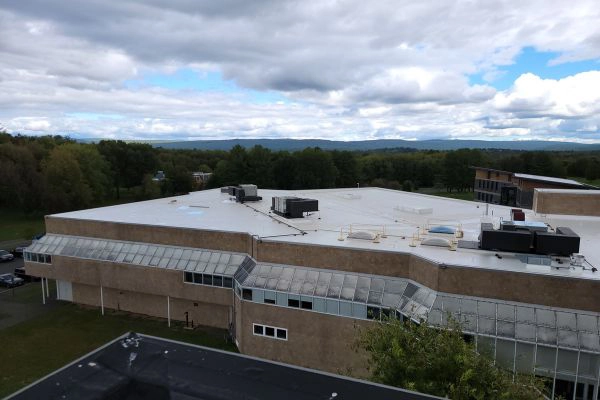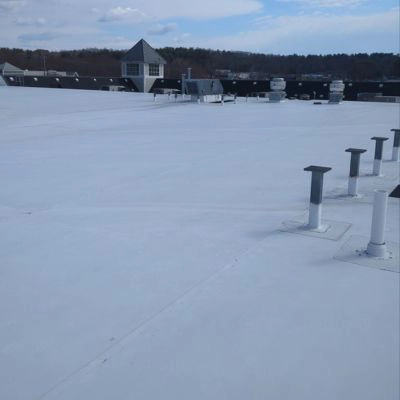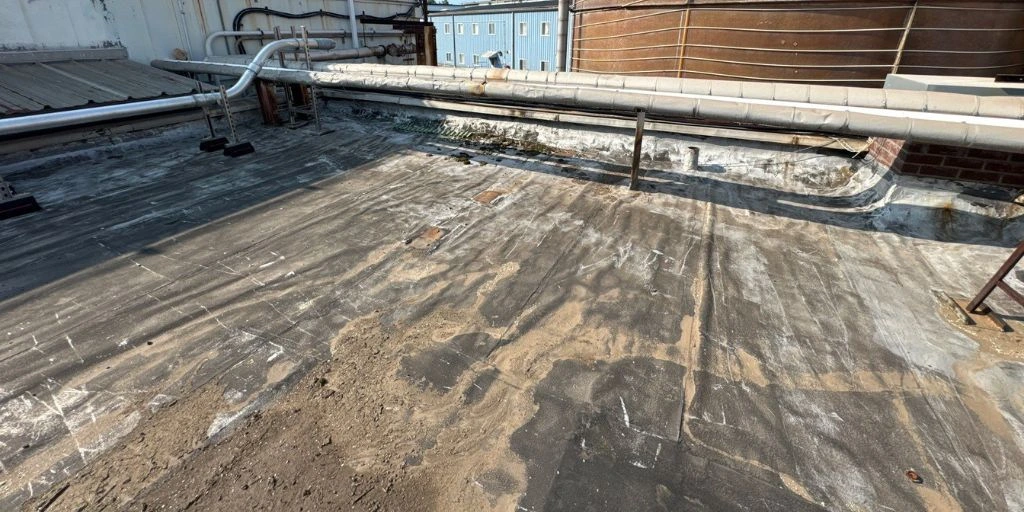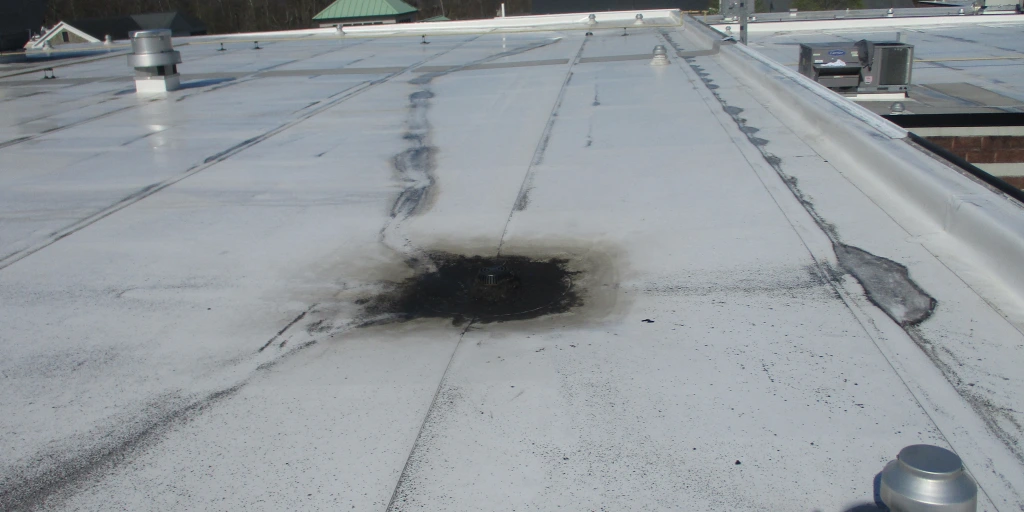The cost of running a business continues to escalate as the price of consumables continues to rise. Businesses need financial relief. Installing a reflective roofing membrane produces energy savings. This proactive step reduces energy consumption for commercial building owners and property managers.
What Is A Roofing Membrane?
A commercial roofing membrane creates a protective barrier on the surface of a flat or low-slope roof. The objective is to keep the building’s interior warm in the winter and cool in the summer. If the building feels stuffy in warmer weather and drafty in cooler seasons, adding a roofing membrane reduces or eliminates this energy-inefficiency and creates a comfortable environment.
Commercial building owners have many options when it comes to roofing membranes. Popular alternatives include built-up roofing (BUR), ethylene propylene diene monomer (EPDM), modified bitumen, polyvinyl chloride (PVC), and thermoplastic polyolefin (TPO). However, other options exist as well. Which one is the best option to maximize energy efficiency?
How Adding A Roofing Membrane Benefits Your Business
To compensate for excess heat buildup or unnecessary overuse of HVAC systems, a commercial building owner will install a roofing membrane that offers optimal energy efficiency. Typically, they narrow the options to a PVC or TPO membrane. These two alternatives tend to provide the most reflectivity and energy efficiency.

How Adding A Roofing Membrane Benefits Your Business
To compensate for excess heat buildup or unnecessary overuse of HVAC systems, a commercial building owner will install a roofing membrane that offers optimal energy efficiency. Typically, they narrow the options to a PVC or TPO membrane. These two alternatives tend to provide the most reflectivity and energy efficiency.
PVC Membrane
A thermoplastic PVC membrane provides a high Solar Reflectance Index (SRI), indicating its exceptional ability to efficiently deflect the sun’s heat and UV radiation away from the building. Commercial building owners and property managers report as much as a 40% savings in electricity expenses after installing PVC.
Because of its relative thickness, PVC insulates exceptionally well, preventing internal heat loss during cooler weather. Experts estimate that PVC enhances the performance of underlying roofing insulation by between 25 and 50 percent. For this reason, PVC is customarily classified as a “cool roof,” effectively reducing the urban heat island effect.

TPO Membrane
Although TPO has been widely available for several decades, technological advances continue to improve its performance and reliability. Because of its relatively low price point, most commercial building owners can afford to add TPO without incurring an excessive expenditure. TPO also delivers extreme durability and enhanced flexibility.
A TPO membrane is typically white or light-colored. By design, this color scheme helps TPO reflect UV rays and solar heat away from the roofing surface. Because heat does not absorb through the roofing layers, the building’s interior remains comfortable. Energy efficiency is preserved. Heating and cooling consumption stays manageable.
Hiring An Expert Roofing Membrane Installer
For commercial building owners and property managers in Southeast New York, Northeast New Jersey, Connecticut, and Massachusetts, Vanguard Roofing offers unsurpassed roof membrane installation services. We know what products and processes generate the best results for your business.
Contact us today to learn more about our exceptional commercial roofing services or to schedule a free consultation.



